12 Places You Must Visit If You Only Have 3 Days in Kyoto
Read on for some ideas for your Kyoto 3 day itinerary to make the most of your time in Japan’s cultural hub.
Kyoto was once the imperial capital of Japan, and the rich Japanese culture and heritage still shines through to this day. Kyoto is famous for its many temples and pavilions, beautiful parks, the Arashiyama bamboo forest and iconic red torii gates, and is one of the most popular cherry blossom viewing cities in Japan.
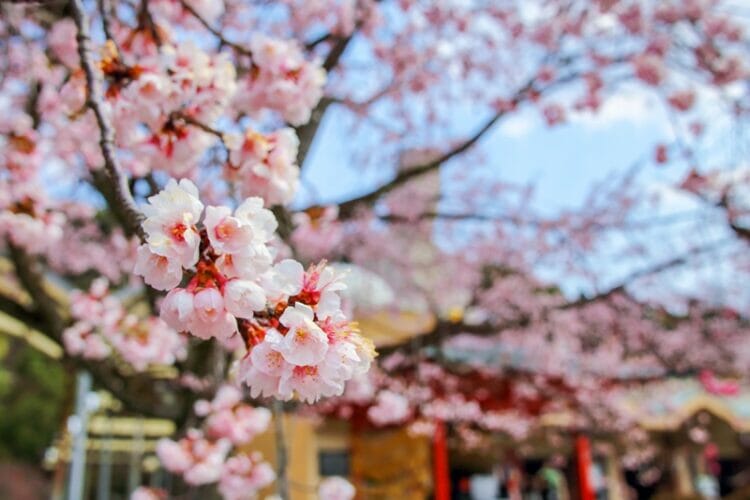
Though I could have easily spent more time in Kyoto, we only had 3 days in the city and had to make the most of our limited time. Kyoto’s pace is much slower than that of Tokyo’s, so if it’s your first time to Japan and you’re worried that you’ll be overwhelmed in Tokyo, spend 2 or 3 days in Kyoto to dip your toes in the water!

How to get to Kyoto
Tokyo Narita Airport and Haneda Airport to Kyoto: If you’re flying into Tokyo’s Narita or Haneda International Airport, take the express train into Tokyo Station or Shinagawa Station, and from there switch to a Shinkansen bullet train that will take you to Kyoto in just over 2 hours. You can check the bullet train timetable here.
Osaka International Airport (KIX) to Kyoto: The closest airport to Kyoto is Kansai International Airport in Osaka. From the airport you have the option to either take a bus or train to Kyoto Station. The bus takes just under 2 hours, timetable here. Alternatively, the Haruka train takes an hour and 20 minutes and you can check the schedule here.
Related article: Also heading to Osaka? Click here to read my guide on the 5 places you have to visit if you only have 1 day in Osaka!
How to get around Kyoto

Getting around Kyoto is fairly easy if you have access to Google Maps. You can get to several sightseeing spots on foot, but others you’ll have to take a bus or train. We found it easiest to take buses everywhere – you can buy a day pass for 500 Yen from Kyoto Station, your hotel or a convenience store. Some buses also sell the tickets once you hop on, but drivers may run out. You can also pay your bus fare in cash (there are change machines), most rides will cost you 230 Yen one way.
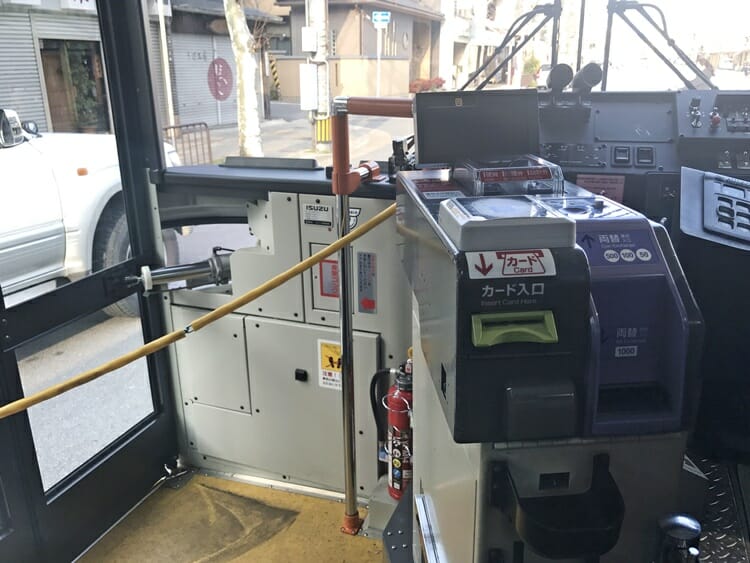
Hop on a bus by entering through the doors at the back, and then exit through the front. If you are using a day pass, you’ll need to validate your ticket on your first ride of the day. From then on, just show the driver your ticket for the rest of your trips that day.
Where to stay in Kyoto
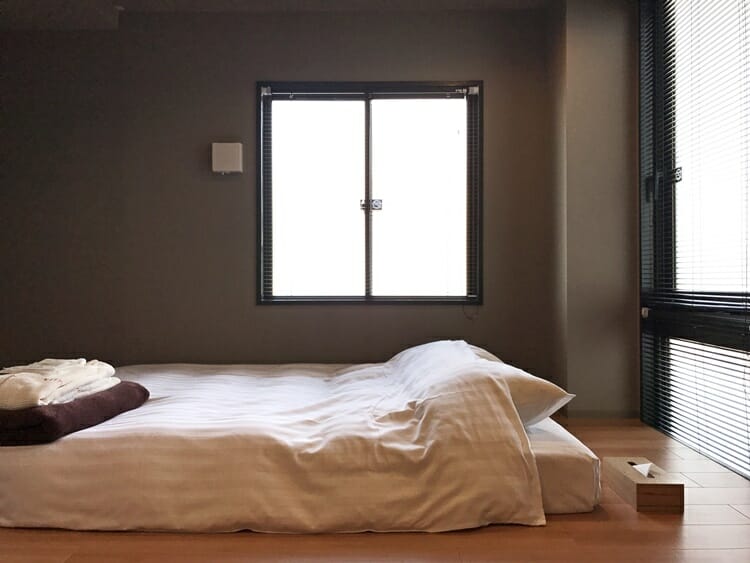
We stayed relatively close to Kyoto Station. From there, it was an easy 10 minute stroll to downtown Kyoto, the Kamo river, the Gion District and Nishiki Market. It was also between 2 subway stops and multiple bus terminals. Kaede Guesthouse is a clean and cozy place to stay and offers a range of different accommodation options from private double rooms with ensuite bathrooms to dormitory rooms. The decor is very simple, with plenty of clean lines and wooden features.

The hotel is quiet and offers a shared kitchen/communal area where you can help yourself to tea and coffee each day, as well as laundry facilities, bike rentals, and a rooftop space. The staff are extremely helpful and ready to offer tips for what to see and how to get around. I would recommend Kaede Guesthouse for solo travelers and traveling couples alike. Click here to check current rates at Kaede Guesthouse or click here for other highly rated hotels in Kyoto!
What to see in Kyoto
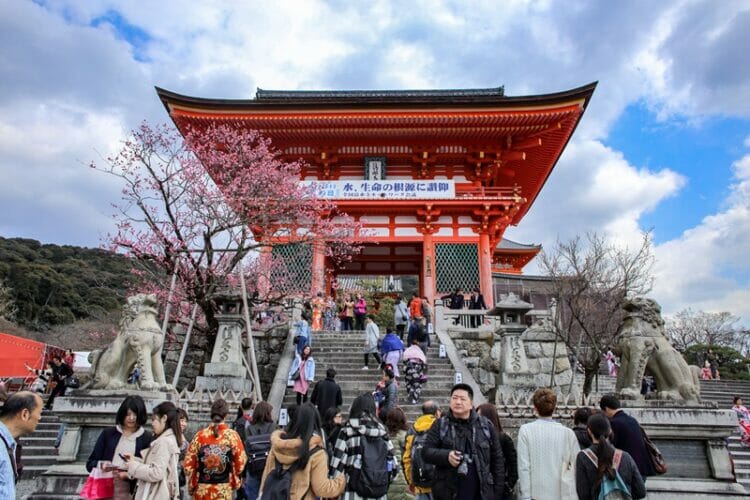
Kyoto has 17 – you read that right – seventeen UNESCO World Heritage sites and is widely considered the cultural hub of Japan. These are some of the best places to add to your Kyoto itinerary if you only have 2 or 3 days in this former imperial capital.
Hoping to time your visit to Kyoto for cherry blossom season in 2025? The Japan Meteorological Corporation usually releases its forecast in March/April of each year. Here is the 2024 cherry blossom forecast – the first flowering date was expected to be around March 29th, with full bloom taking place on or around April 5th. Wondering what to see in Kyoto? Read on!
1. Nishiki Market
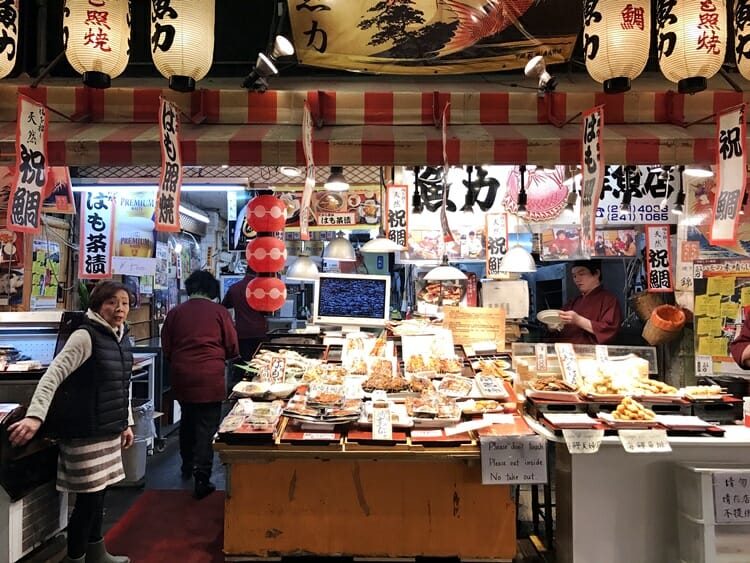
Visiting food markets abroad is one of my favorite things to do – they’re always lively, colourful, and full of tasty treats.
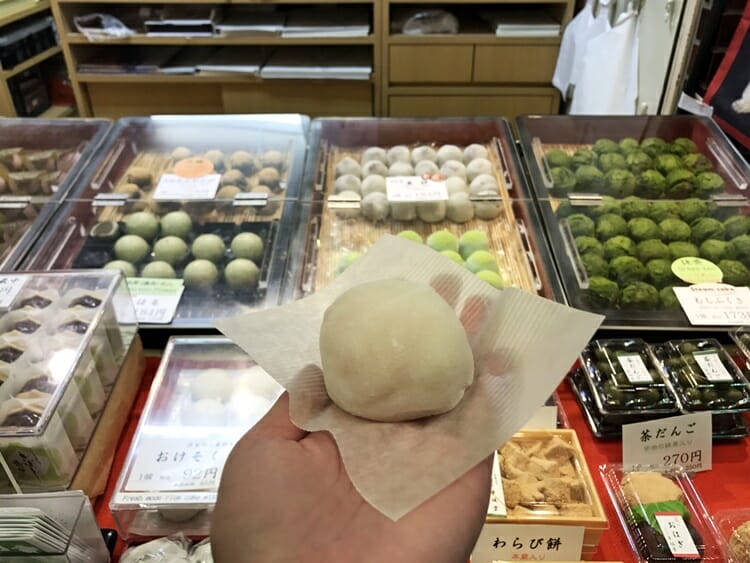
Nishiki Market is one of the best places to visit in Kyoto to get your fill of street food, just make sure you come on an empty stomach!
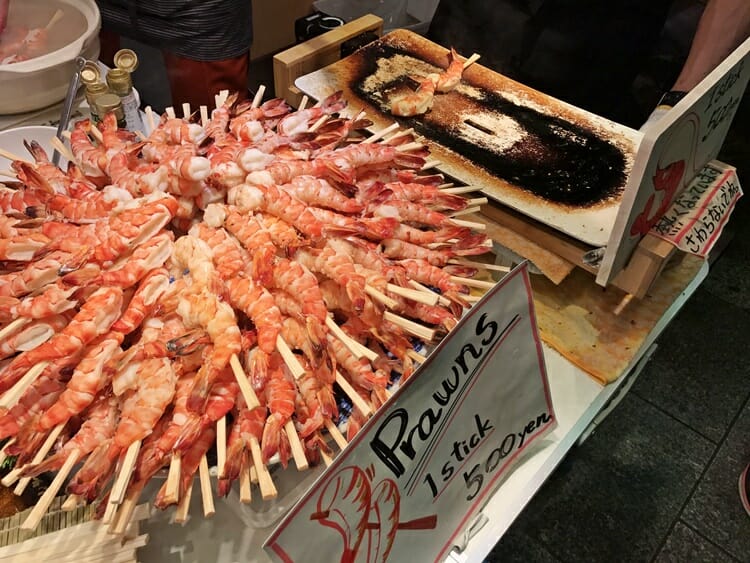
The market opens at approximately 9 AM and closes at 6 PM, though some shops will close during particular week days.

Most places only accept cash so make sure you have some Yen on hand.
2. Hanamikoji Street to Kennin-ji
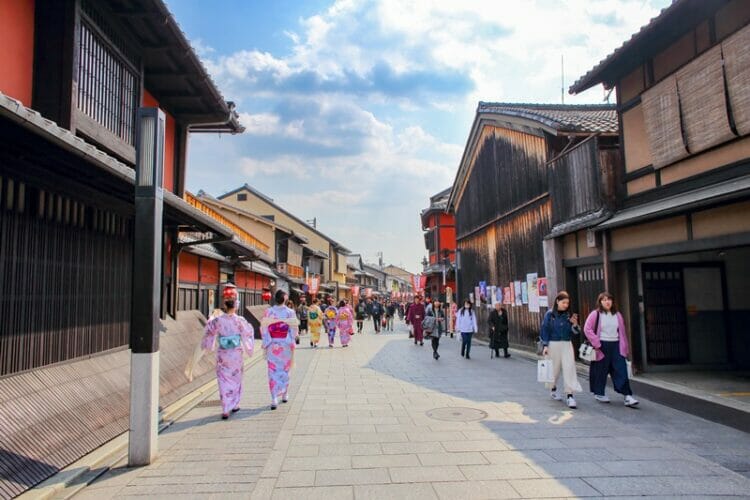
Hanamikoji Street is the main walking street in Gion lined with tea houses and small restaurants. It has a very traditional feel to it and is perfect for a quiet stroll – you might even spot a geisha on her way to work. If you do see a geisha, it’s best to leave them alone and not harass them for a photo. Read more on crucial do’s and don’ts in Japan here.

If you walk to the end of the street you’ll find yourself at Kennin-ji, one of the oldest Zen Buddhism temples built in 1202. You can tour the inside and see the famous twin dragons painting, the temple closes at 4:30/5 PM depending on the time of year and it costs 500 Yen (~ US$5) for entry.
3. Gion
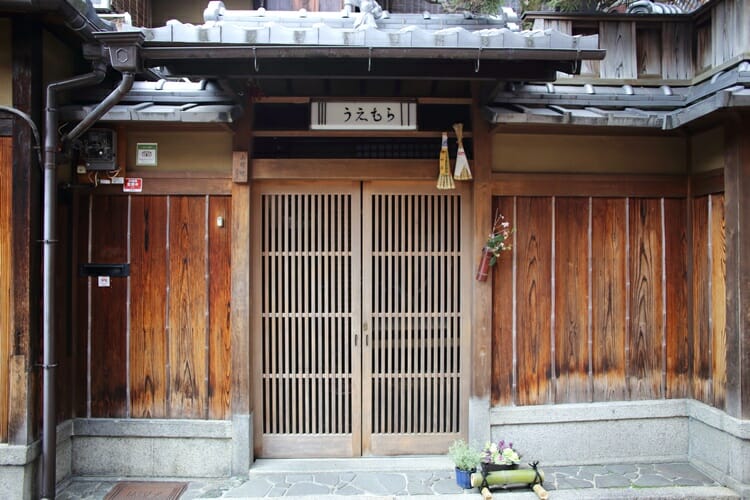
Once you cross over the Kamo river into Gion, you’re transported back into traditional Japan. It is one of the most famous geisha districts in Japan and is full of beautiful wooden architecture and lanterns in doorways. Visit during the afternoon to wander around the shops and soak up the old world atmosphere.
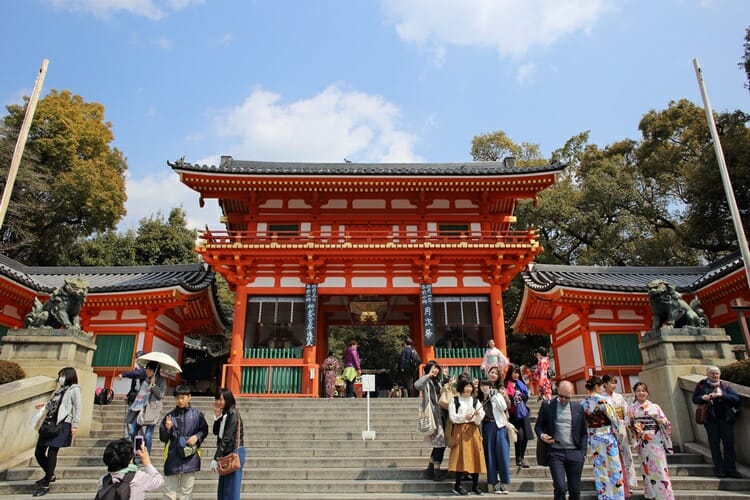
Make your way down to Yasaka Shrine, a beautiful complex dating back to the 7th century – if you’re here during cherry blossom season you’ll join hordes of people out for hanami, or you can catch the Gion Matsuri festival and procession during July.
4. Maruyama Park

Walk through Yasaka Shrine to reach Maruyama Park, one of the most popular cherry blossom viewing spots in Kyoto. There are several garden areas, ponds, bridges and one famous cherry blossom tree that’s lit up at night during the evenings. There are several small food stalls around here – pick up a grilled sausage or matcha soft serve while you breathe in the fresh air.
5. Kinkaku-Ji
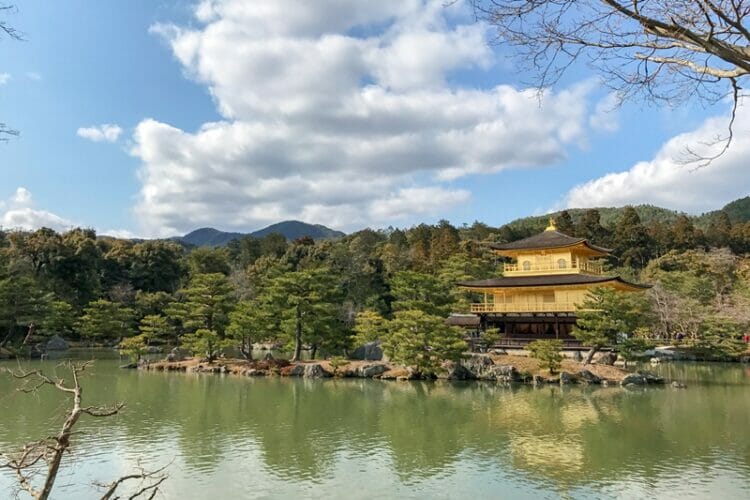
The iconic Golden Pavilion is one of the most popular landmarks in Japan, and the crowd sizes are testament to that. The villa-turned-temple that you see today was rebuilt in 1955 after a fire, and is covered in gold leaf, making the temple appear golden. Kinkaku-Ji is open from 9 AM to 5 PM every day, it costs 400 Yen for entry.
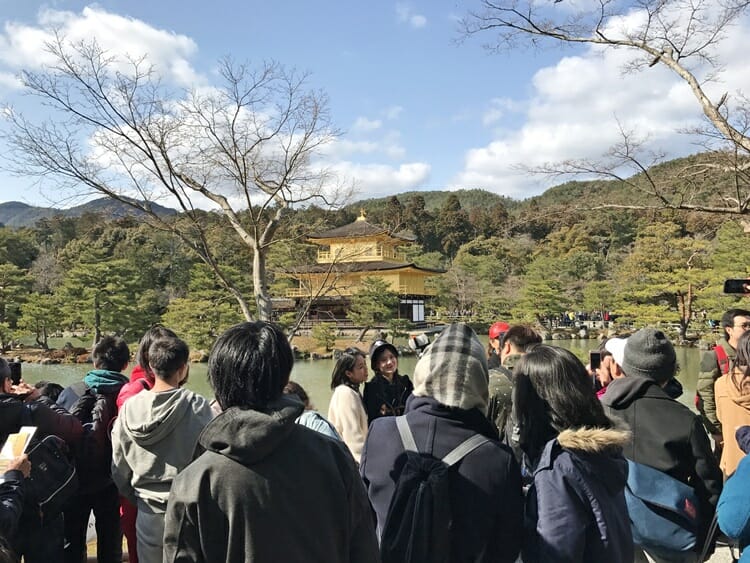
Aim to get here early in the morning when it opens, because the number of visitors it receives each day is pretty outrageous. Tripods are not allowed.
For more Kyoto travel inspiration click here for a collection of stunning photos of the city!
6. Arashiyama
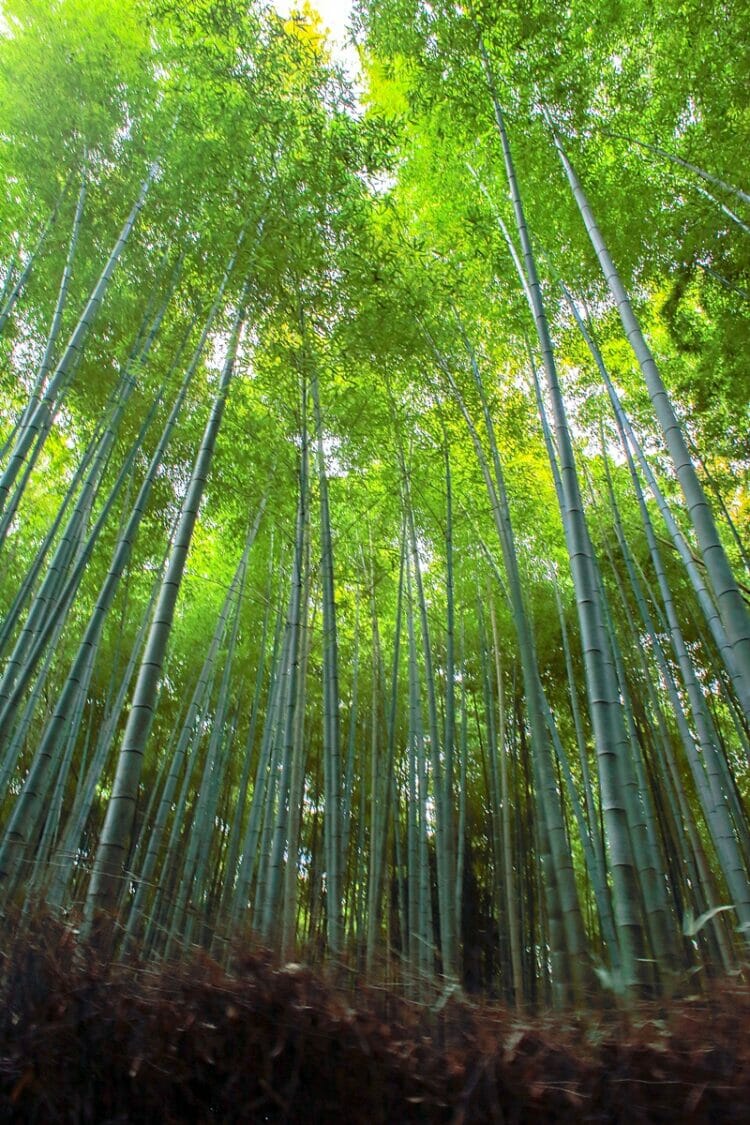
Arashiyama Bamboo Grove is one of the most photographed places in Kyoto, for good reason. You can get there by train or by bus #28 from Kyoto Station. To get to the bamboo grove ignore the directions on Google Maps which will take you across the river, instead look for signs pointing to the entrance to the bamboo grove across the street from Arashiyama train station.

After you’ve explored the bamboo grove, check out the “Kimono Forest” next to the train station, or head across the river to walk along the bank or go on a boat ride.

To avoid the crowds, you’ll need to get here early in the morning at 7 AM or so.

There are plenty of restaurants to grab a bite to eat after you’ve spent some time in Arashiyama.
7. Kyoto Tower

Kyoto Tower is the tallest building in Kyoto and offers an observation deck to look across the skyline from 100 meters off the ground. Entrance is pretty steep at 750 Yen (more on the weekend), so this isn’t a must-do for Kyoto but definitely a good addition to your Kyoto itinerary.
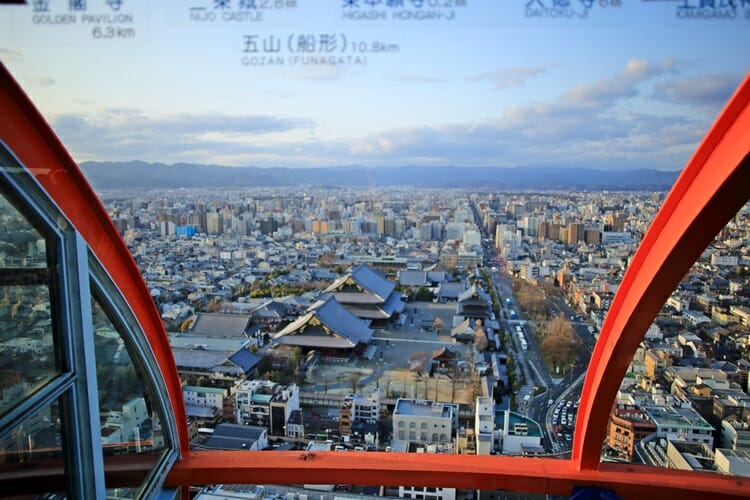
There’s also a lounge on the 3rd floor if you’re looking for a glass of wine to go with that view.
8. Fushimi Inari Shrine
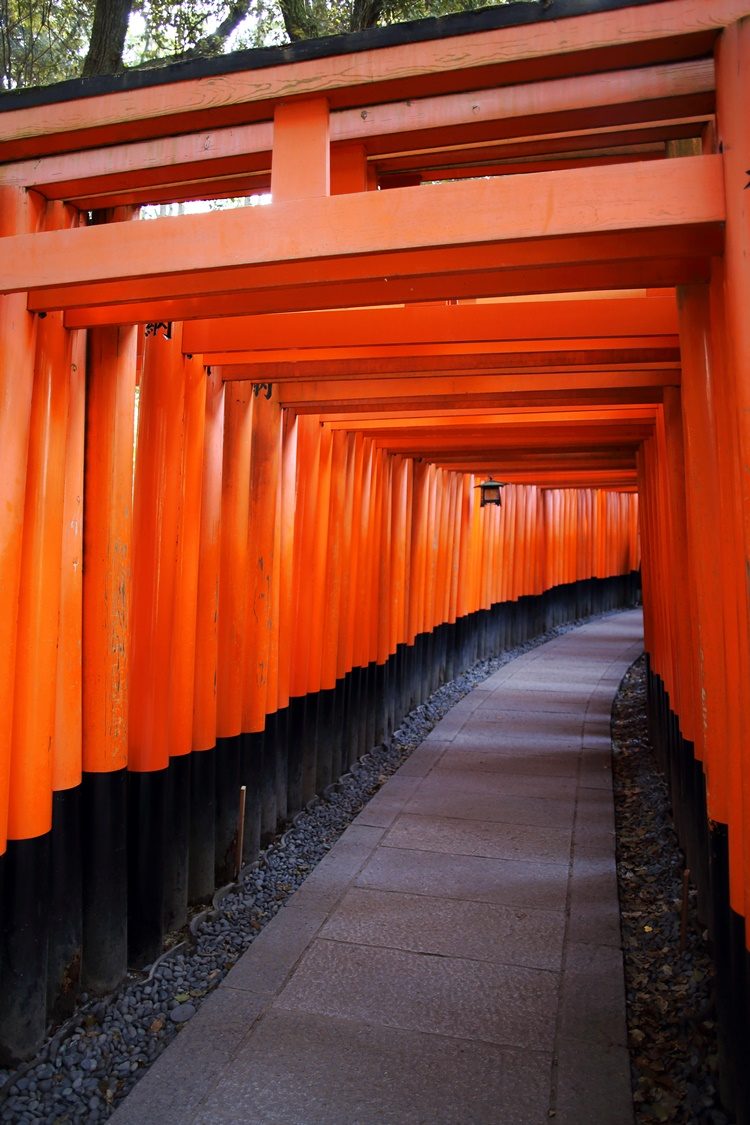
Visiting Fushimi Inari Shrine is one of the most memorable things from our trip to Kyoto, hands down. The best time to visit Fushimi Inari is early in the morning (aim for 7 AM or earlier) to start the 2-3 hour walk through the orange torii gates. The gates are painted in a vibrant orange shade called “vermilion red”, and the colour is believed to be an amulet against evil.
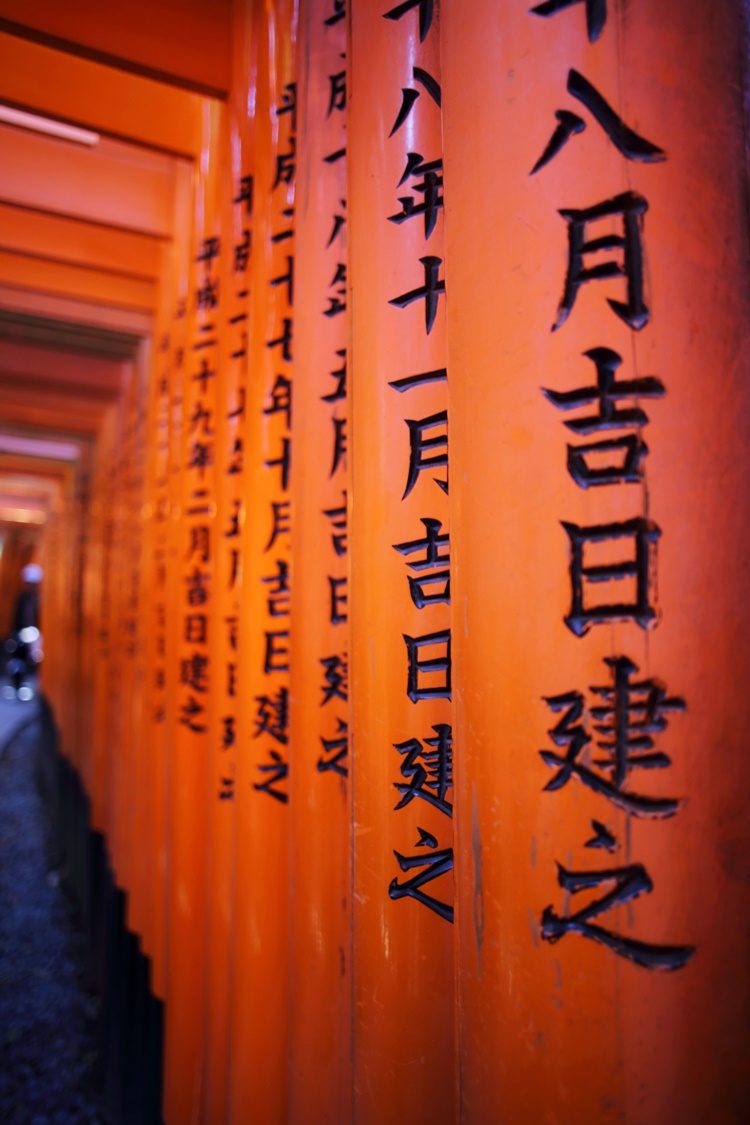
Torii gateways were widely used as an offering by the start of the 17th century to symbolize a wish or prayer; today, there are more than 10,000 torii gates of all sizes along the path at Fushimi Inari. You can even get a small replica with your name and a blessing written on it from one of the small tea shops at the top of the mountain. And guess what? The Fushimi Inari Shrine entrance fee is….0 Yen!

The shrine is easily reachable by train or the 5 South bus from Kyoto Station to Fushimi Inari – don’t skip this incredible landmark on your Kyoto 3 day itinerary!
9. Kiyomizu-Dera
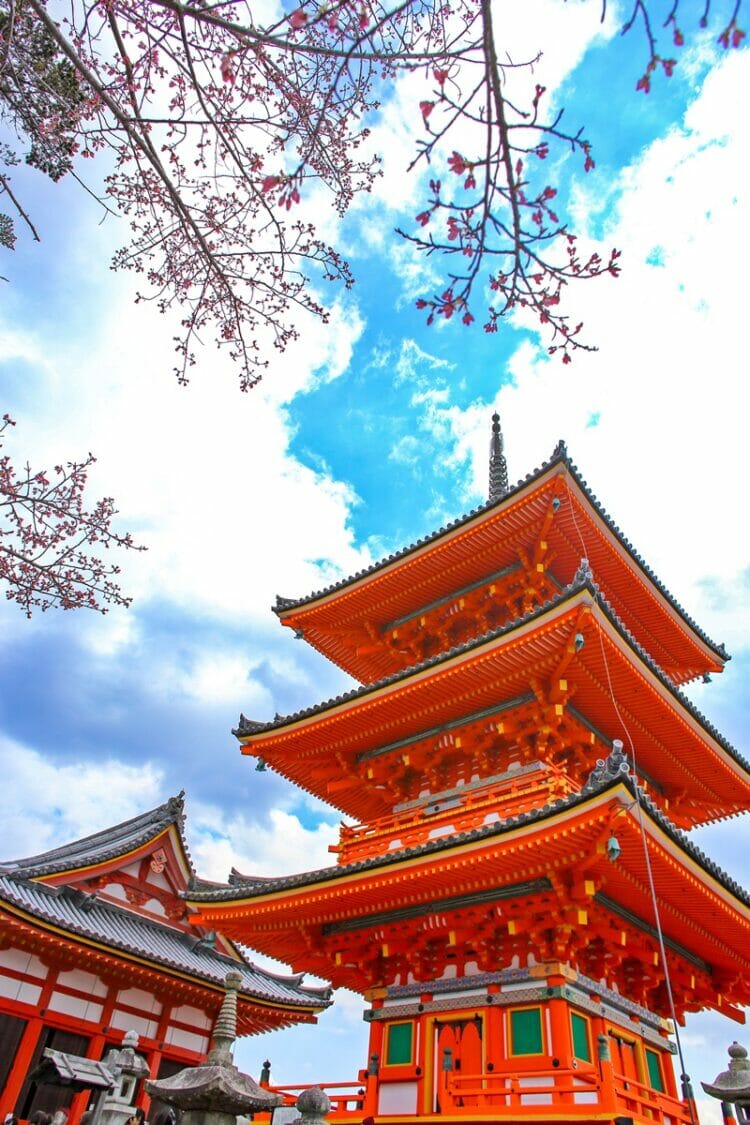
Kiyomizu-Dera Buddhist temple is another popular Kyoto cherry blossom and fall foliage viewing spot. Like Kinkaku-ji, the temple is part of the Historic Monuments of Ancient Kyoto UNESCO World Heritage site.
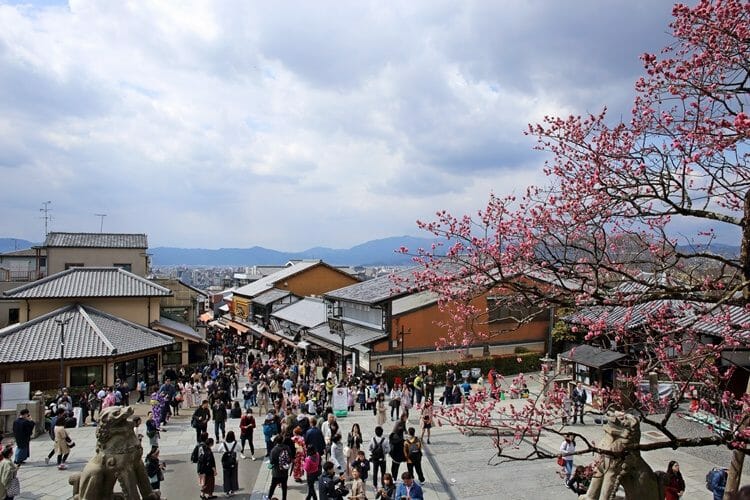
Make sure you check out the multi-storied pagoda as well as the main hall which offers panoramic views across Kyoto.
10. Ginkaku-ji

So you’ve seen the Golden Pavilion, Kinkaku-ji, now it’s time for Ginkaku-ji, the Silver Pavilion. The Silver pavilion was commissioned in the late 1400s and plans were to cover the structure in silver foil.
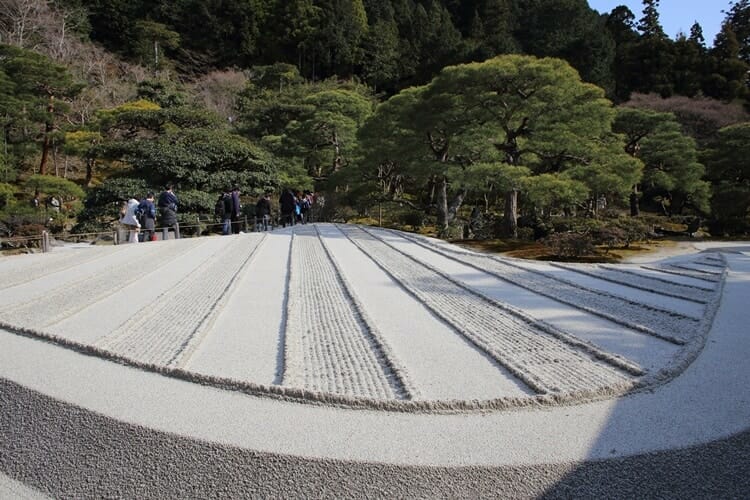
The sand gardens at Ginkaku-ji are extremely famous, with the sand garden representing a lake, and the sand mound representing Mount Fuji. Entry costs 500 Yen and opens from 8:30 AM to 5 PM during summer, 9 AM to 4:30 PM during winter. Tripods are not allowed.
11. Kodai-ji

Kodai-ji is one of the most beautiful temples in Kyoto known for its fall foliage. It is surrounded by zen gardens, shrines as well as a beautiful mini bamboo grove that is a lot less crowded than the one at Arashiyama.
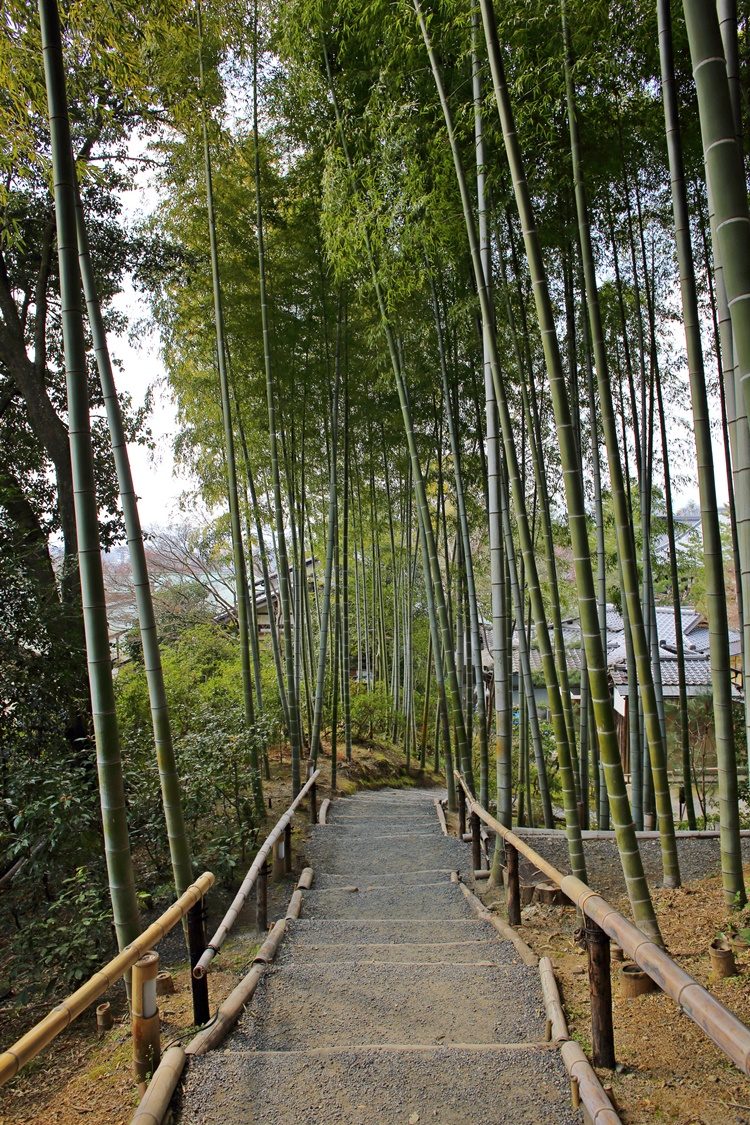
The temple is open from 9 AM to 5:30 PM and entry costs 600 Yen.
12. Ryozen Kannon
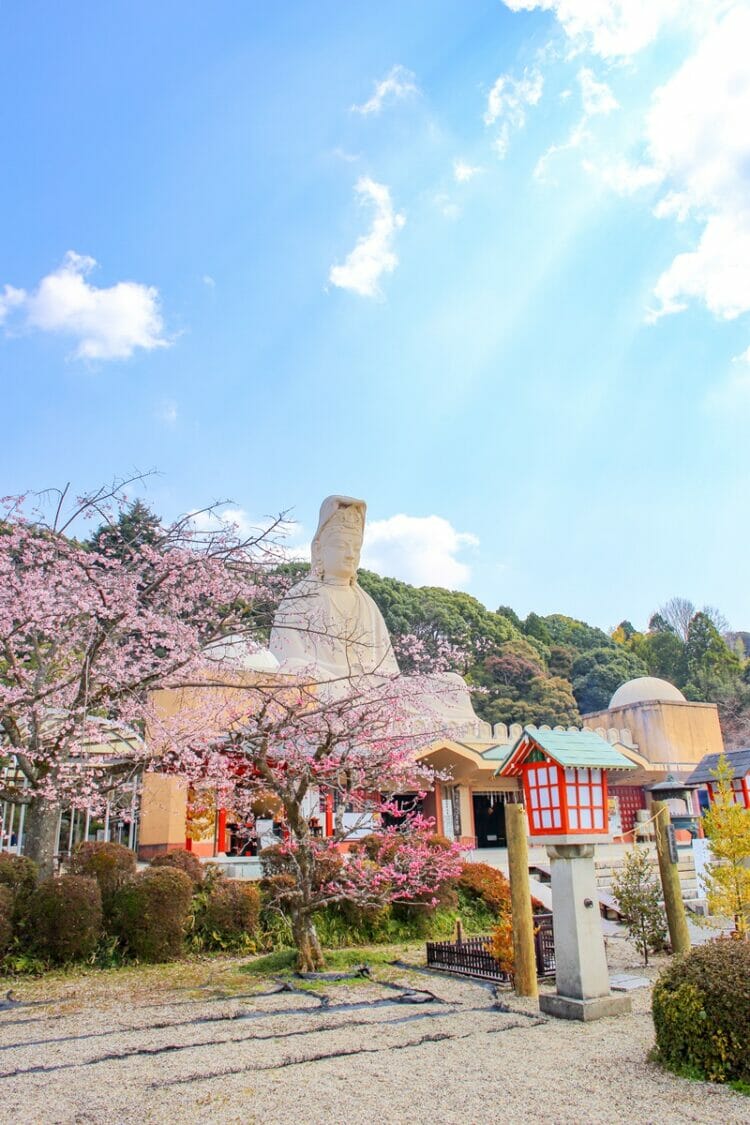
Next to Kodai-ji is the underrated Ryozen Kannon complex. The World War II memorial is fairly off the beaten path but is famous for the 500 ton Buddha statue and wishing stone, as well as memorial tablets for soldiers who died in the war.
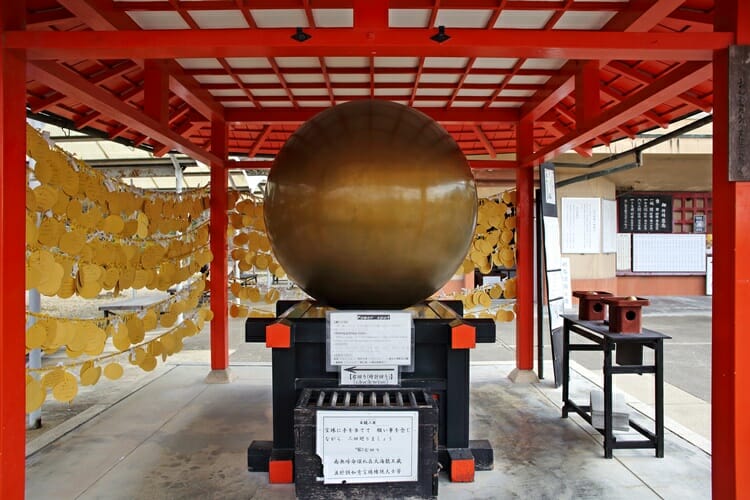
Want to see cherry blossoms in Kyoto without the crowds? There are also a number of beautiful magnolia and cherry blossom trees in the garden if you want to take photos without being photo bombed by 100 people.

Entry costs 300 Yen and the complex opens from 8:40 AM to 4:20 PM.
Where to stay in Kyoto: I recommend staying in Shimogyo Ward, a prime spot close to downtown Kyoto. You can get to Gion district within 15 minutes on foot, or take the train or bus to other major sightseeing spots. Click here to check current rates and availability at hotels in Shimogyo Ward or click here for other highly rated hotels in Kyoto!
Where to eat in Kyoto
Okazuya Ishikawa: We stumbled across this small restaurant not far from our hotel. The food is fresh and the menu is diverse – because the menu is in Japanese you might need to use Google Translate to order your meal, but it’s manageable and the food is worth it!

Uogokoro Izakaya: You know when a restaurant is legit when you don’t see tons of other tourists inside. This izakaya serves up delicious and fresh food (try the tofu) and you can sit on tatami floors on the second level.
Chojiro: Chojiro is a popular sushi conveyor belt restaurant serving up fresh handmade sushi. The queues can be pretty ridiculous, but prices are reasonable and service is fantastic. They also have hot dishes like udon and soup.
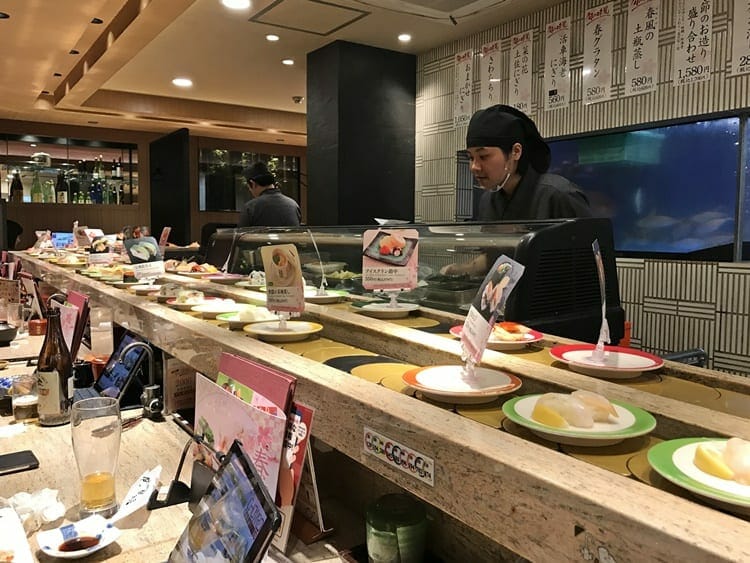
Chao Chao Gyoza: The line at Chao Chao is absolutely bonkers. We waited 2 hours for a table (we arrived at a really bad time when a bunch of people just sat down) but the dumplings are delicious. Try the spring onion dumplings and their signature ones – the portions aren’t massive, so you’ll need lots of ’em to fill up.
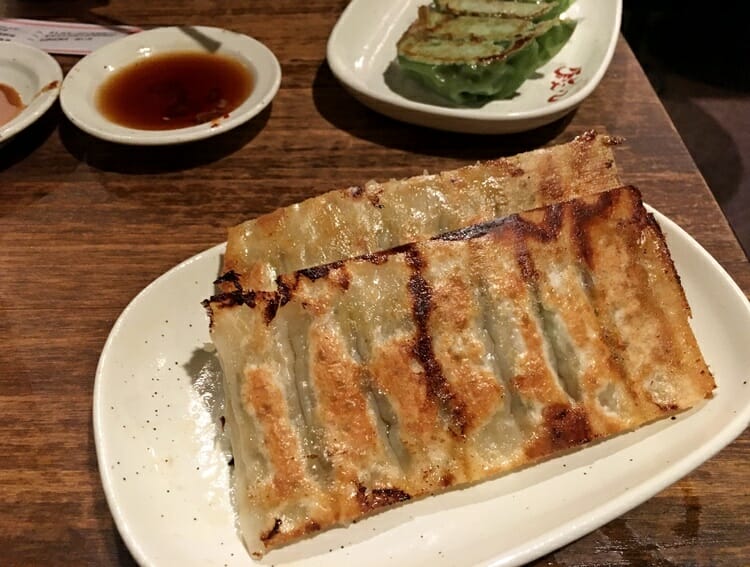
Tipping is not expected (or accepted) in Japanese restaurants.
Day Trip from Kyoto to Nara

Have a few more days to spare in Kyoto? It takes just 30-40 minutes to reach Nara from Kyoto by train, and there are multiple trains to choose from every day. There are hundreds of deer roaming free and you can spend a day visiting temples and wandering around the park. Vendors sell “deer crackers” which you can feed to the deer, which are thought to be messengers of the gods.
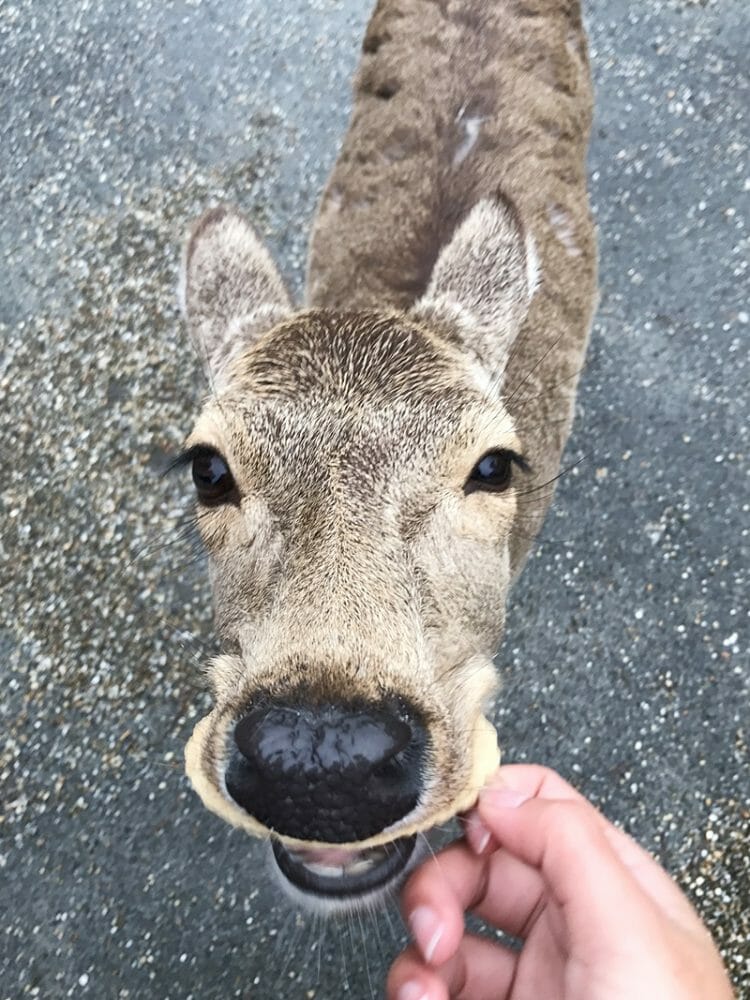
When you feed the deer, make sure you do not tease them with food, and that when you reach your hand out with a cracker that you don’t withdraw it from them.
Click here read my full guide to planning a day trip to Nara from Osaka or Kyoto!
Kyoto is an amazing destination to experience Japanese culture, appreciate the traditional architecture and to see incredible World Heritage Sites. Have you been to Kyoto?
Visiting Japan? You might also enjoy these guides:
- Also heading to Osaka? Read my quick guide to spending 1 day in Osaka
- Looking for the perfect Kyoto day trip? I recommend venturing to Nara from Kyoto to experience its deer park and magnificent temples
Pin this for later!


This post contains affiliate links. If you choose to book your stay using these links, I will earn a small commission at no extra cost to you. Thank you for supporting my website by using these links.
Enjoyed reading this article? Subscribe to the mailing list!
* Unsubscribe at any time. Your e-mail address will only ever be used to send the occasional Yoga, Wine & Travel newsletter.

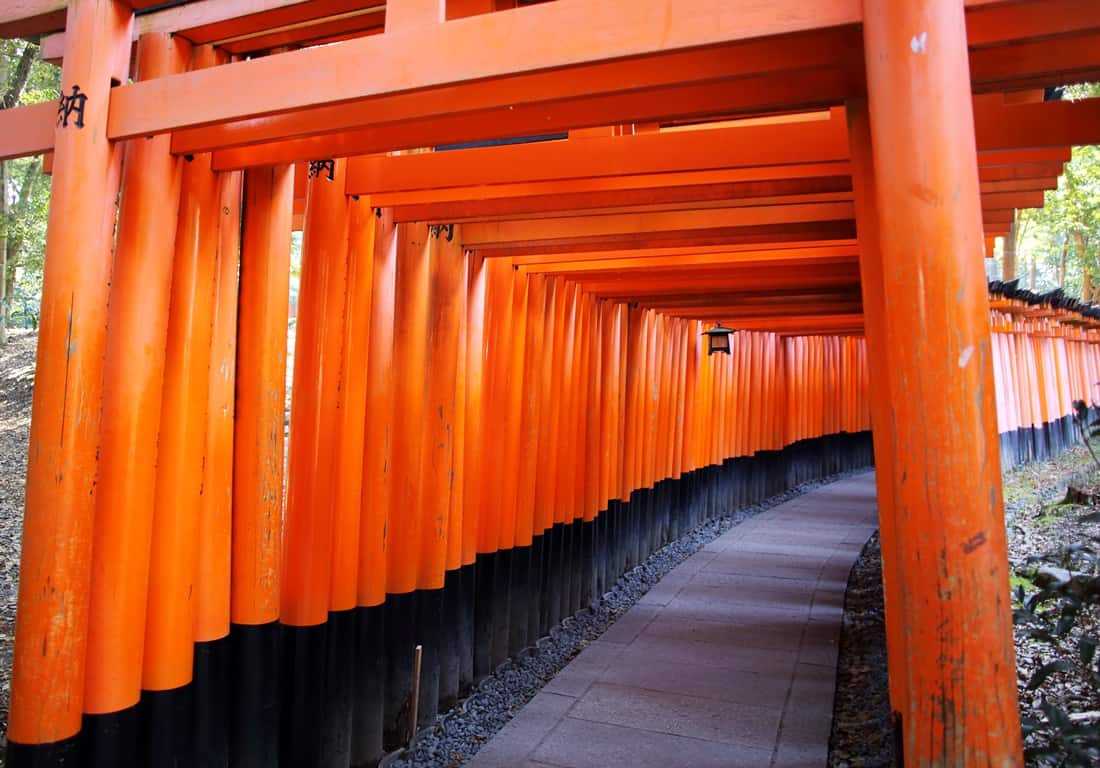



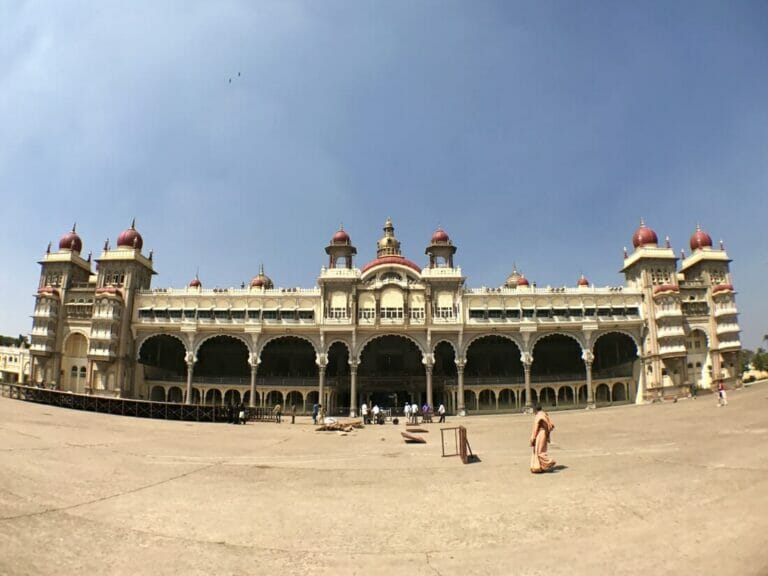
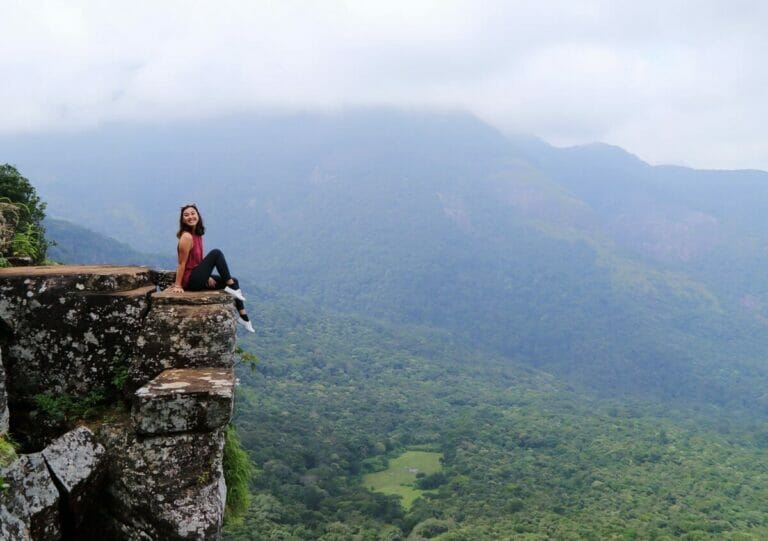
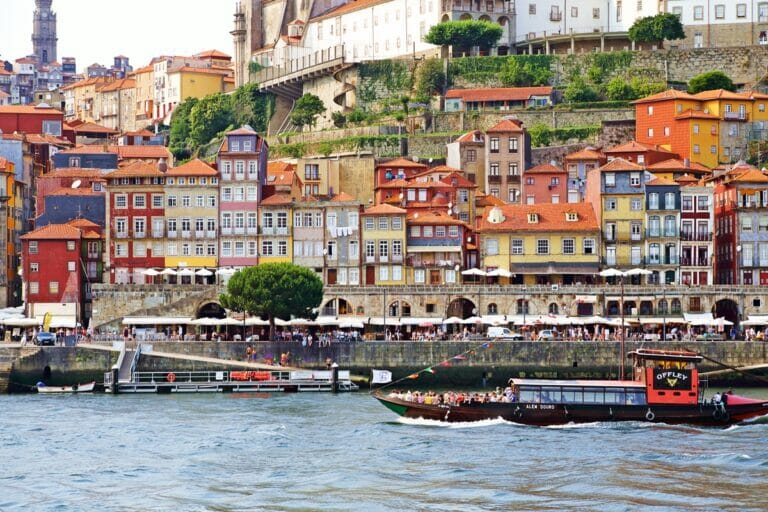
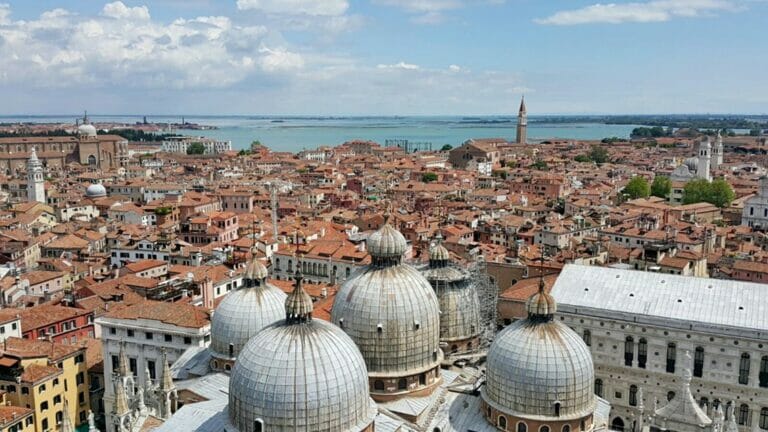
Kyoto really is on my bucket list! It seems like there is so much to do out there when reading your blog. The Kiyomizu-Dera looks super pretty!
I really wish we had more time there, it’s a beautiful city!